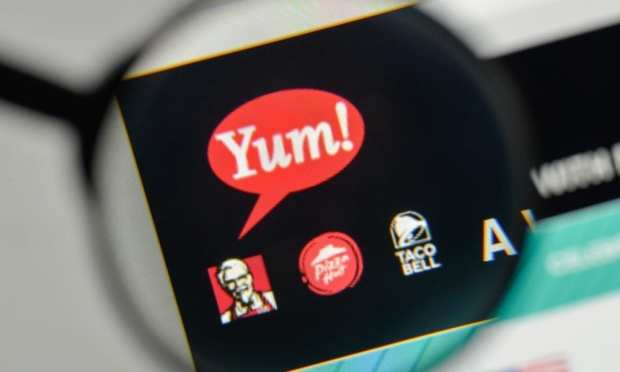Yum Expands Delivery Even As It Disappoints Investors

Yum! Brands keeps rolling out delivery and technology for its quick service restaurant (QSR) brands, but that didn’t save it from disappointing investors early Wednesday (May 1) when it released its financial results for the first quarter of 2019.
Yum! Brands operates the Pizza Hut, Taco Bell and KFC chains, and the company has been among the leaders in deploying QSR technology, as documented by PYMNTS. The company’s Q1 financial results were light on specifics about Yum’s mobile and digital efforts, but the company did say that it has deployed delivery options to more than 4,000 Taco Bell locations — a move designed to boost sales and average order values.
Overall, Yum reported Q1 revenue of $1.25 billion, a 9 percent increase compared to the same period last year, and in line with analyst expectations. Same-store sales increase 4 percent — higher than the 2.66 percent reportedly predicted by analysts. That said, “weaker-than-expected same store-sales growth at Taco Bell and Pizza Hut disappointed investors,” according to CNBC. Adjusted earnings came in at $0.82 per share — beating expectations of $0.81 but down 8 percent year over year.
In the first quarter of 2019, Yum opened 310 net store locations, representing 7 percent year-over-year growth.
“The third and final year of our transformation is underway and I’m thrilled with the progress toward our commitment to becoming a more focused, more franchised, and more efficient growth company,” said CEO Greg Creed. “With this quarter, we have a healthy foundation to help us achieve our 2019 guidance.”
Going forward, Yum continues to put much of its hopes on digital with its work involving online delivery food platform Grubhub, according to Yum executives. The company last year announced it would buy a 3 percent stake in Grubhub, and that it was teaming up with the company to provide delivery from two of its brands — Taco Bell and KFC. Food delivery via third-party online ordering platforms, of course, is among the hottest trends in eCommerce, with major players — along with some smaller hopefuls — battling it out for market share, and to keep consumers and restaurant operators within particular ecosystems.
